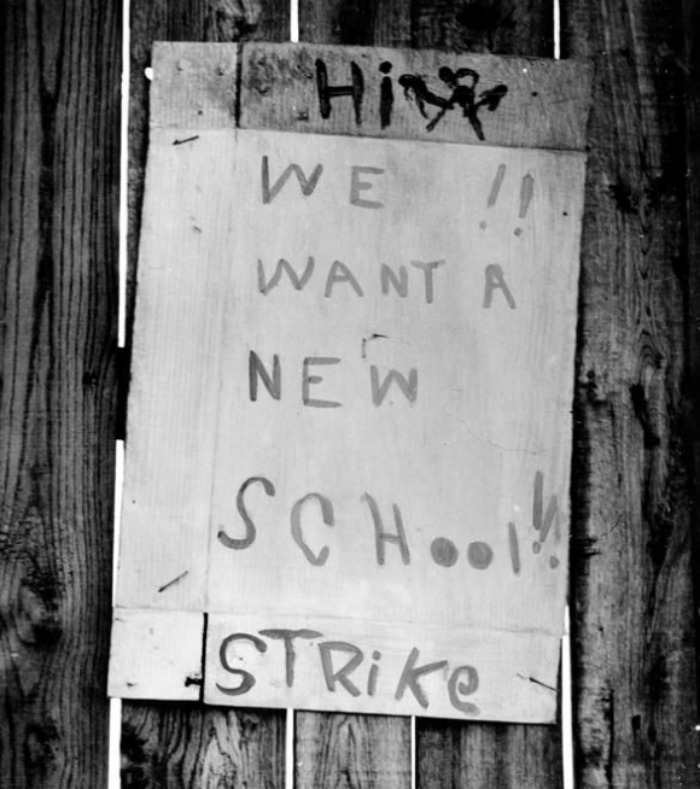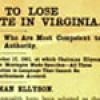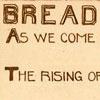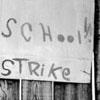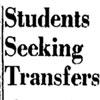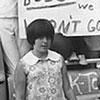In the 1896 Plessy v. Ferguson decision, the U.S. Supreme Court declared that racial segregation was constitutional as long as the separate facilities were equal. According to the Plessy decision, the 14th Amendment did not apply to segregation laws because they did not discriminate based on race. In reality, however, separate facilities were rarely, if ever, equal.
The conditions at Robert Russa Moton high school, in Prince Edward County, Virginia, starkly represented this reality. Moton had no plumbing, no gymnasium, no cafeteria, no science labs, and relied on wood stoves for heat. The high school for white students had all of these accommodations and did not suffer from the serious overcrowding at Moton. On April 23, 1951, Moton student Barbara Rose Johns led a student strike in protest of the conditions. They posted this sign on the school and staged a walkout. The students initially demanded new facilities, but with support from the NAACP, they filed suit to end segregation in all Prince Edward County schools.
The NAACP brought the Prince Edward County case and four others to the Supreme Court as Brown v. Board of Education. The Court ruled on this case in 1954, declaring that segregation of schools was unconstitutional, and that separate was inherently unequal.
Source: Richmond News Leader [photo], “Hi, We Want a New School! Strike! [broadside],” still image, April 30, 1951, Encyclopedia Virginia, The Library of Virginia, accessed September 20, 2011.


